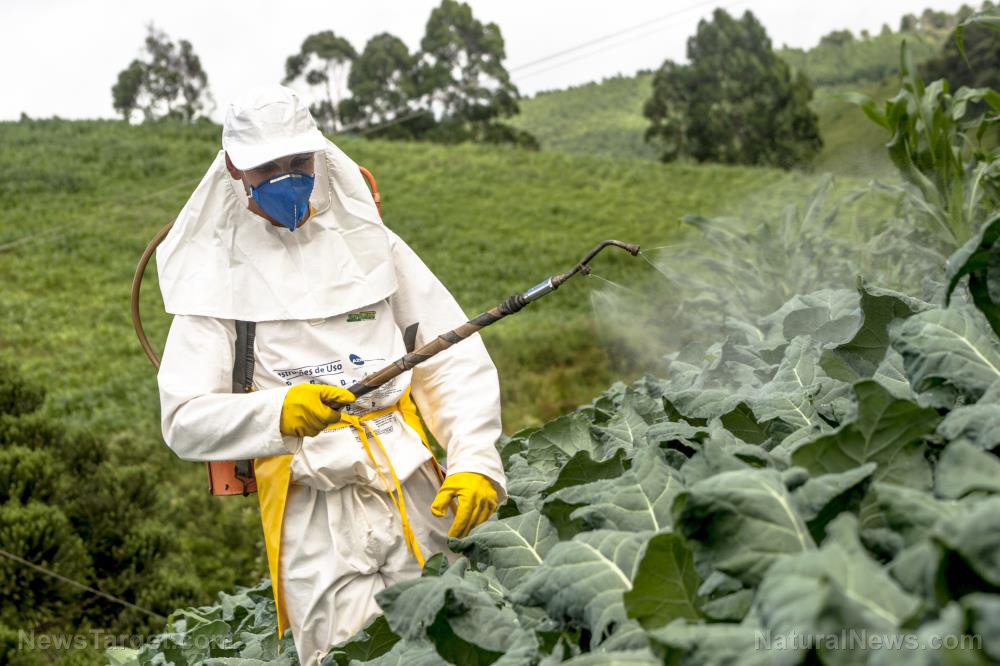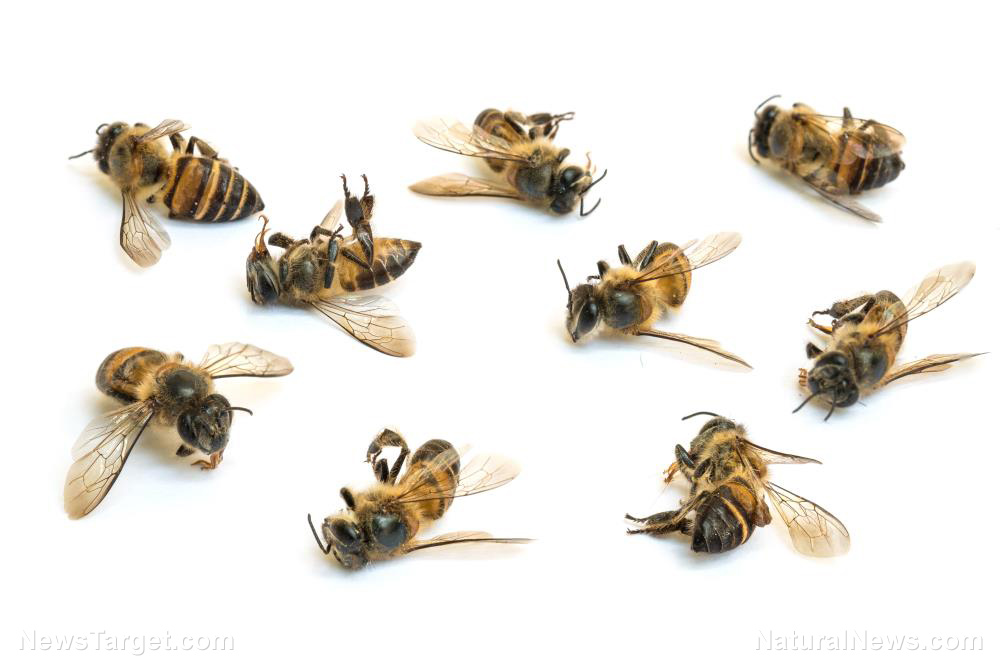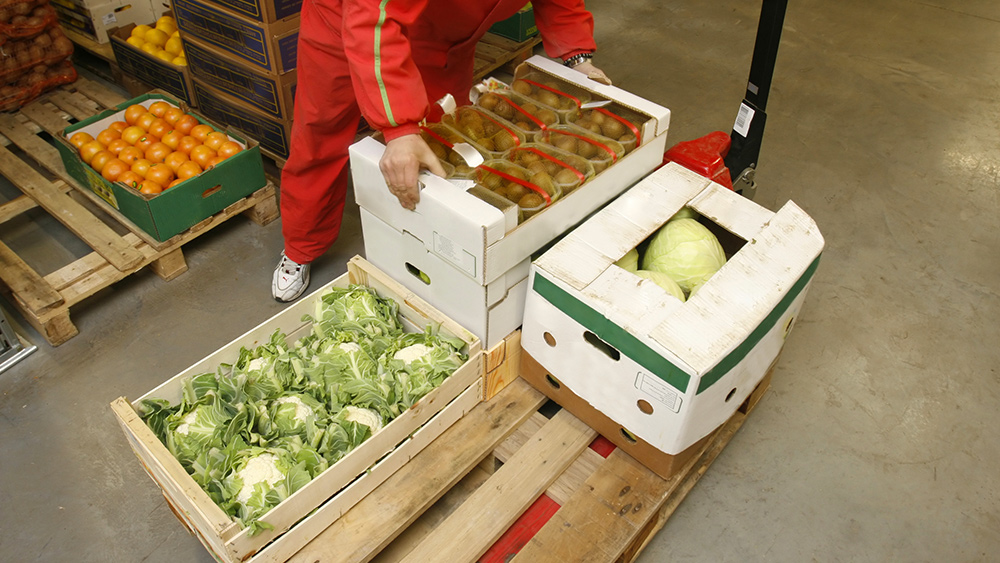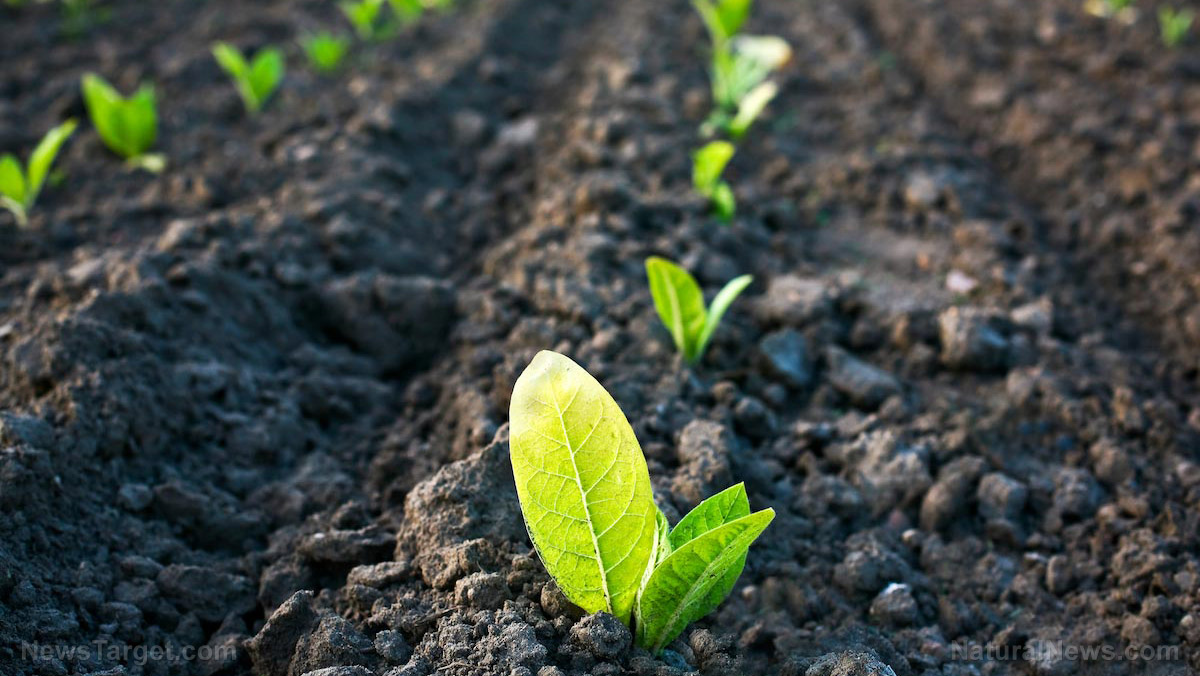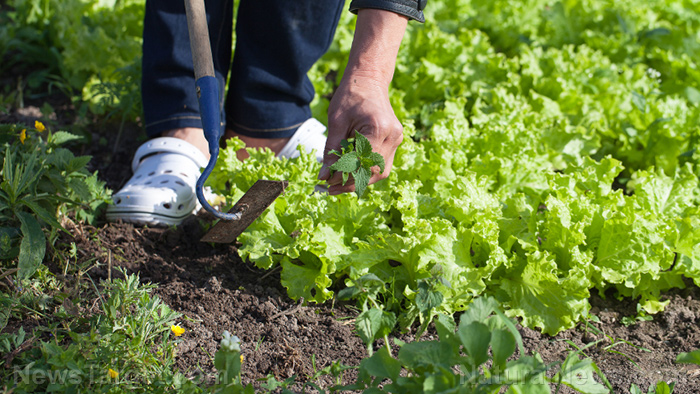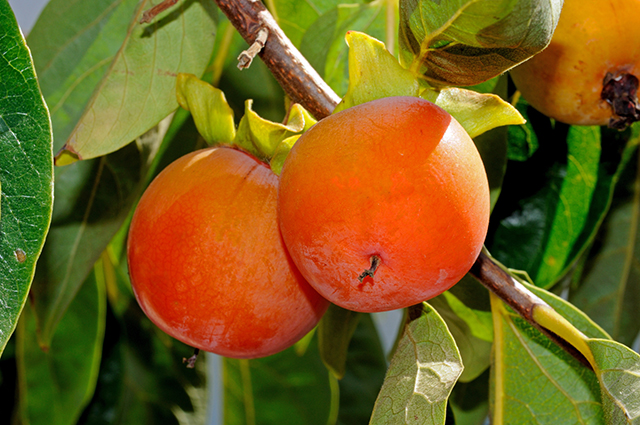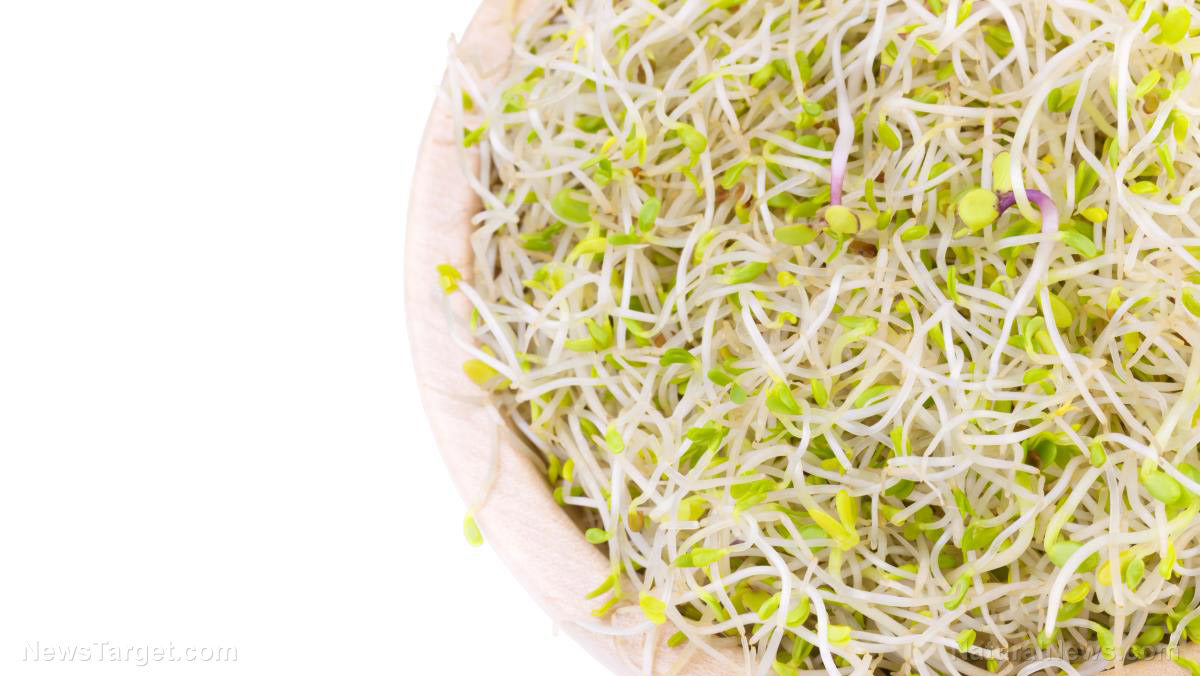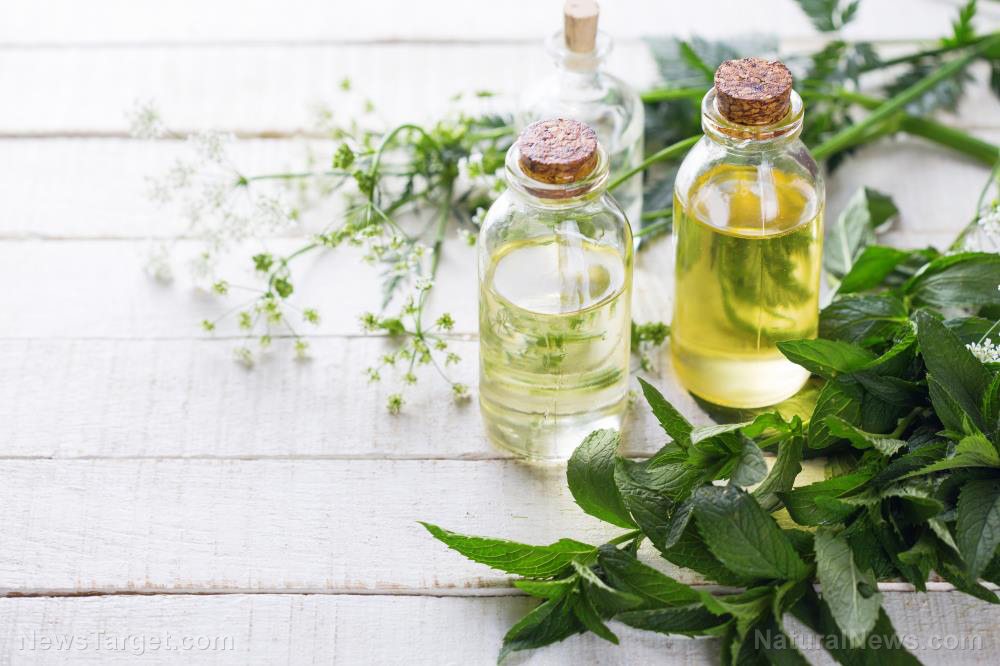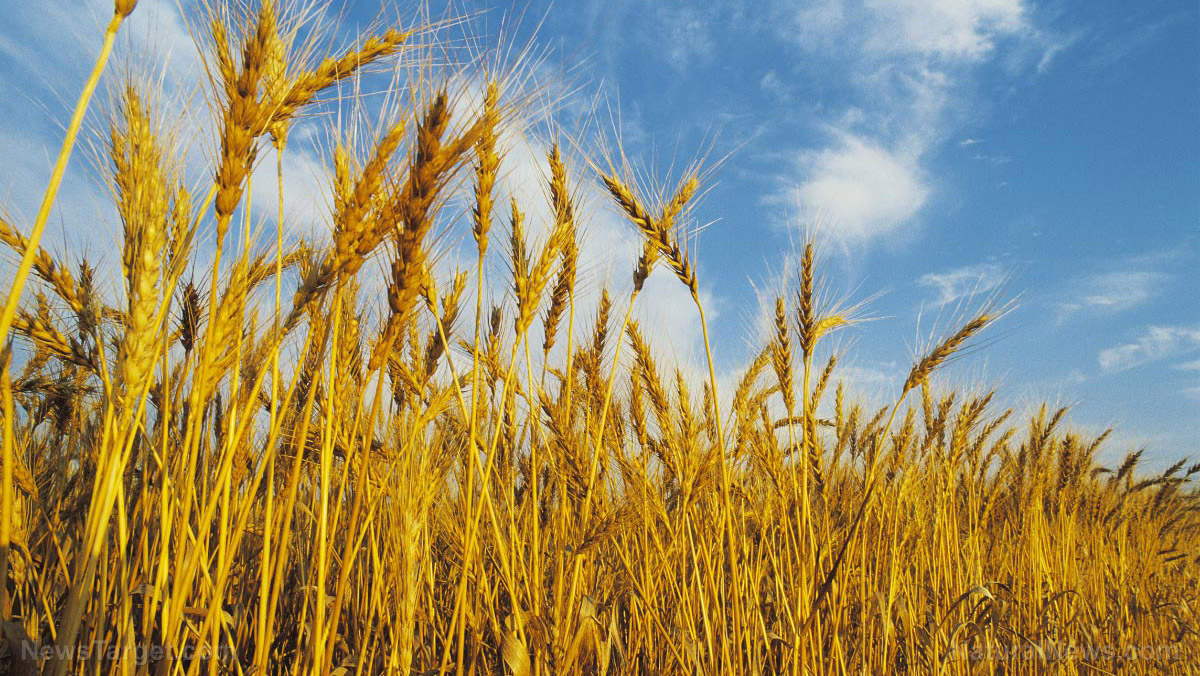Homesteader tips: 5 Ways to extend your gardening season
05/23/2020 / By Janine Acero

If you want to grow crops throughout the year – without worrying about the frost killing them, there are numerous ways to broaden your growing season by weeks, months or even indefinitely, regardless of how chilly it gets. (h/t to PreparednessMama.com)
1. Choose the right plants
Pick plants that will yield produce in the amount of time you have. You can grow most annual vegetables no matter the location if you begin early. But perennials, particularly those that don’t belong in your zone, may not yield anything even if the plants survive the winter months.
Make sure to learn about the specific needs of different types of plants, such as the amount of sunlight, type of soil, the frequency of watering and temperatures, and pick the plants generally adjusted to the general climate of your area. Some crops that are suitable for cold climates include peas, onions and lettuce. They can germinate in as low as 35 F (1 C), meaning they can go in the ground as soon as it is thawed and workable.
Most cold-weather crops will germinate in soil as cold as 40 F (4 C), such as these root crops and leafy greens:
- Arugula
- Beets
- Broccoli
- Cabbage
- Carrots
- Cauliflower
- Collard greens
- Kale
- Kohlrabi
- Potatoes
- Radishes
- Spinach
- Swiss chard
- Turnips
In some cases, the period between the ground being workable and high summer is short. To get a head start, start your seeds indoors earlier in the spring, then transplant them as seedlings when the climate is perfect. Many cold-weather crops can be started indoors six to eight weeks before the last frost date.
2. Use greenhouses
One of the most notable approaches to stretch out your garden’s growing season is to utilize nursery structures, or greenhouses. Passive solar greenhouses are designed for energy efficiency and resilience.
Here are some examples of greenhouse designs you can try out:
- Underground greenhouse (walipini)
- Earth-sheltered greenhouse
- Cold season aquaponics
- Free-standing greenhouse
You can include a heating stove to your greenhouse, so you’re guaranteed a year-round growing season without the danger of freezing. You can also attach your greenhouse to your home to let the heat circulate between the two structures.
3. Use a cold frame
Cold frames can help extend your season by repurposing materials like scrap wood and old patio doors. You can build them into berms or slopes like greenhouses, or you can place a frame on a window and place it over a bed at a height that best accommodates your plants.
4. Use microclimates
Microclimates are zones in your garden with varying levels of dampness and temperature, such as south-facing walls, southern hills, boulders, lake edges or ponds, or other well-sheltered areas like buildings, trees or hedges.
These zones can be favorable for growing less hardy plants. Just make sure to check for “frost pockets,” which are low-lying areas where frost can collect. (Related: How to grow food when the lack of water becomes a problem.)
5. Stagger plantings
Keep planting the right crops throughout the season. When you collect a yield, plant another batch of crops immediately after harvesting, taking into account how much time you have before the first frost. If you think your crops won’t be ready in time, you can put a cold frame over them or use other techniques.
These are only a couple of ways you can prop up your garden all year round. Check out more gardening strategies at HomeGardeningNews.com.
Sources include:
Tagged Under: bug in, bug out, cold climate, cold weather, food crops, food independence, food production, frost, gardening, green living, greenhouse, harvest, home gardening, homesteading, how-to, Leafy greens, microclimates, Plants, preparedness, prepping, root crops, self-reliance, sustainable living, vegetables, veggie
RECENT NEWS & ARTICLES
COPYRIGHT © 2017 HARVEST NEWS



